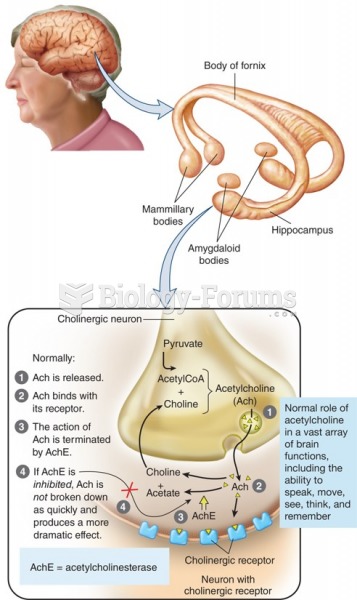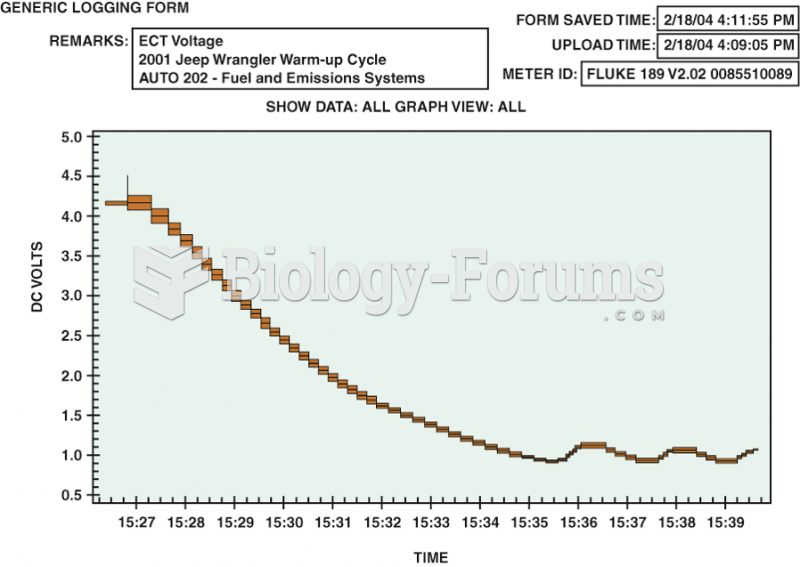Answer to Question 1
Digital certificates are data files used to establish the identity of users and electronic assets for protection of online transactions. A digital certificate system uses a trusted third party, known as a certification authority, to validate a user's identity. The CA verifies a digital certificate user's identity offline. This information is put into a CA server, which generates an encrypted digital certificate containing owner identification information and a copy of the owner's public key. The certificate authenticates that the public key belongs to the designated owner. The CA makes its own public key available publicly either in print or perhaps on the Internet. The recipient of an encrypted message uses the CA's public key to decode the digital certificate attached to the message, verifies it was issued by the CA, and then obtains the sender's public key and identification information contained in the certificate. Using this information, the recipient can send an encrypted reply. The digital certificate system would enable, for example, a credit card user and a merchant to validate that their digital certificates were issued by an authorized and trusted third party before they exchange data. Public key infrastructure (PKI), the use of public key cryptography working with a certificate authority, is now widely used in e-commerce.
Answer to Question 2
FALSE







